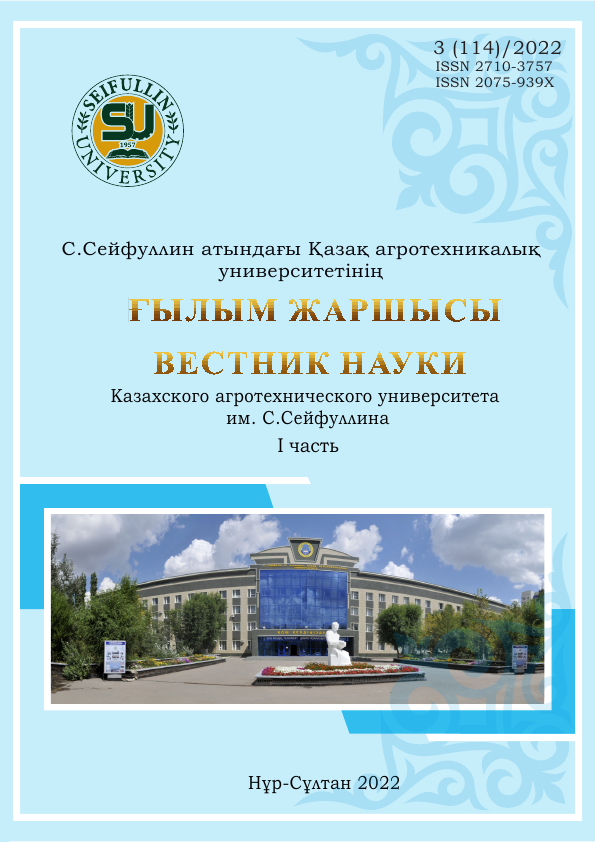ANISAKIDOSIS OF COMMERCIAL FISH IN THE WEST KAZAKHSTAN REGION AND THEIR ZOONOTIC POTENTIAL
DOI:
https://doi.org/10.51452/kazatu.2022.3(114).1184Keywords:
commercial fish; parasite; safety; anisakis larvae; infestation; extensiveness; intensity of invasion.Abstract
The results of the study of commercial fish from freshwater reservoirs of the West Kazakhstan region for the presence of anisakidosis larvae, pathogenic for humans, are presented. Humans become infected by eating raw, salted, pickled, or undercooked fish infested with parasite larvae. The results of the conducted studies indicate the presence of Anisakis simplex larvae in commercial fish from freshwater reservoirs of the region. Out of 10 fish species, 6 species were infected. Of these, the most extensive invasion (100%) was in perch and pike from the Ural River, in perch
from the Kushum River, and in pike from the Bitik reservoir. A large percentage of fish infection was registered in the spring. The number of larvae was insignificant and varied from 2 to 12 specimens, with an average intensity of at least two parasites per fish. All larvae showed locomotor activity, which indicates their zoonotic potential for the final consumer. Ichthyoparasitological studies for the presence of anisakid larvae are important for ensuring the quality and safety of fish products. To prevent this parasitosis, it is necessary to strengthen control and sanitary and
educational work among the population.

